So is the ‘irreversible’ lifting of lockdown really irreversible after all? There is a grim echo of what happened last year in the sudden panic over the Indian variant of SARS-CoV-2. Yesterday, the Prime Minister said that he ‘rules nothing out’, following a meeting of the Sage committee over how to respond to the variant. Next month’s proposed reopening of society must now look in doubt. Monday’s relaxation, which will allow indoor hospitality for the first time this year, will for the moment go ahead, but we have seen how quickly these things can change — and with what little notice.
Is the Indian variant really more transmissible, or vaccine-evading, to the point that it threatens to reverse the fall in case numbers, hospitalisations and deaths over the past few months? Or is the rise in cases in certain parts of the country really just a reflection of low vaccination take-up in those places?
All eyes in the past few days have been on Bolton, the epicentre of the Indian variant in Britain, with 47 cases so far recorded there. It isn’t just the Indian B1.617.2 variant that is active there — in all, 473 new cases have been recorded there in the past seven days. That equates to a rate of 164 per 100,000 and an increase of 97 percent on the previous week. Some inner-city areas with high ethnic minority populations have recorded low take-up rates of vaccine, but this does not appear to be the case with Bolton — by 18 April, three weeks after all over 50s had been offered a first dose, 95 percent of them had been inoculated.
The second hotspot of B1.617.2 is neighbouring Blackburn, with 19 cases. In Blackburn, too, there has been a surge of infections in recent days, with 150 cases, or 100.2 per 100,000, an increase of 87 percent over the week. There, 94 percent of the over 50s had taken up the offer of a vaccine.
In Bedford, where there have been 10 cases of B1.617.2, cases are up 88.6 percent over the week and are running at 72.7 per 100,000. There, 95 percent of the over-50s have taken up the vaccine.
There are districts with far lower take-up — most notably in Central London. In Westminster, by 18 April just 67 percent of over 50s had had the jab. Cases have been running at just 26 per 100,000 over the past week, an increase of just 1.5 percent over the past seven days.
Of course a large number of younger people all over the country have yet to be vaccinated, and who therefore provide a pool for possible infection. But the recent surge in cases in a few areas does not obviously seem to be connected with low take-up of vaccines.
Cases are one thing; hospitalisations and deaths another. There is no sign yet of any increase in these across the country. What the government will have to judge is this: to what extent does a rise in infections matter if many fewer people are now getting ill and dying of Covid? For months, we have been told that we must ‘learn to live with’ Covid. The rise of the Indian variant is going to be a big test of this.
Got something to add? Join the discussion and comment below.
Get 10 issues for just $10
Subscribe to The Spectator Australia today for the next 10 magazine issues, plus full online access, for just $10.


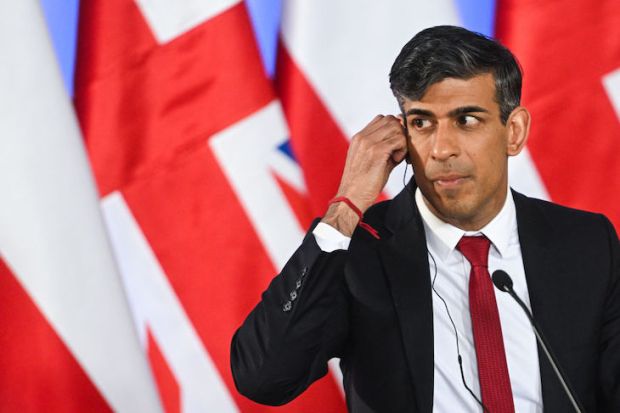
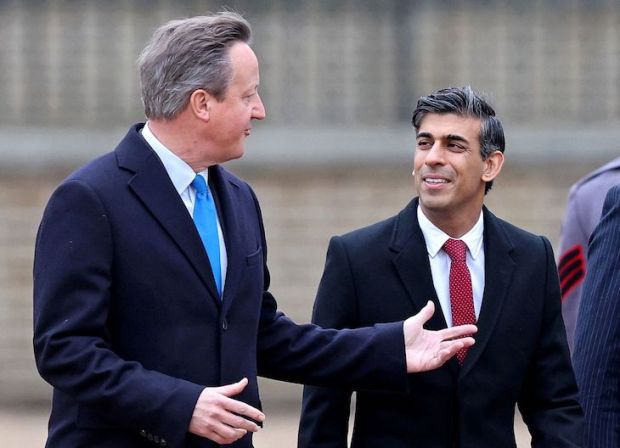
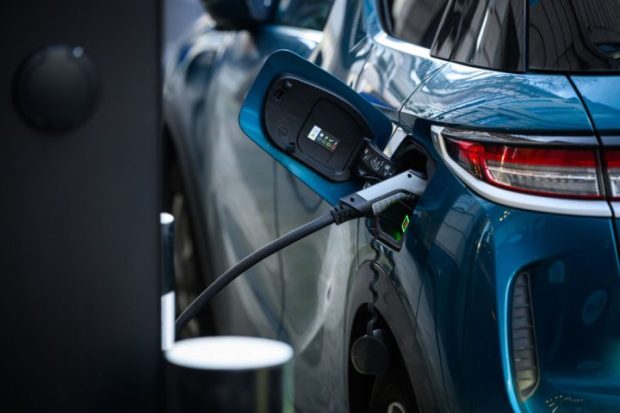
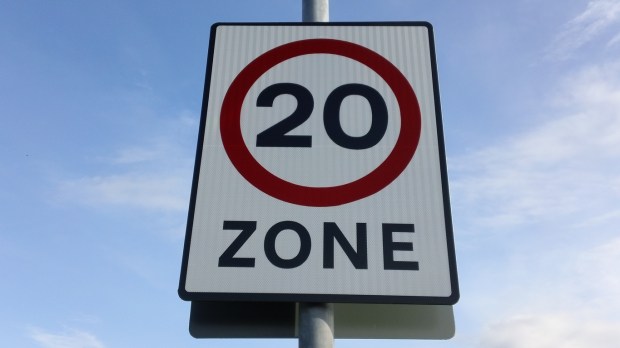
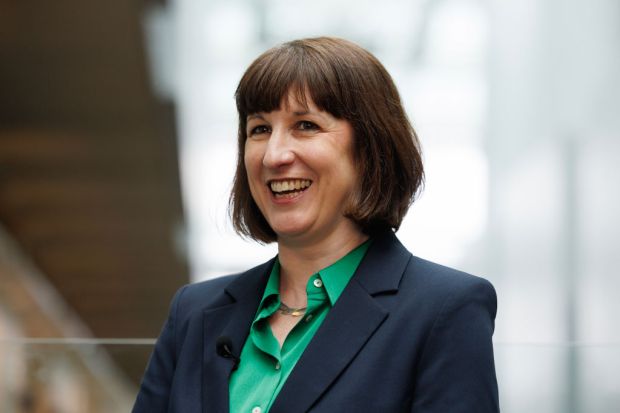
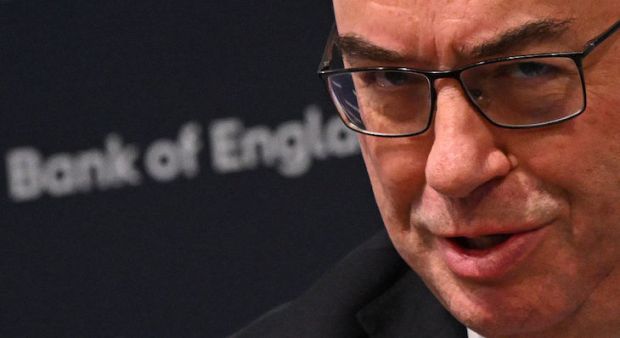












Comments
Don't miss out
Join the conversation with other Spectator Australia readers. Subscribe to leave a comment.
SUBSCRIBEAlready a subscriber? Log in